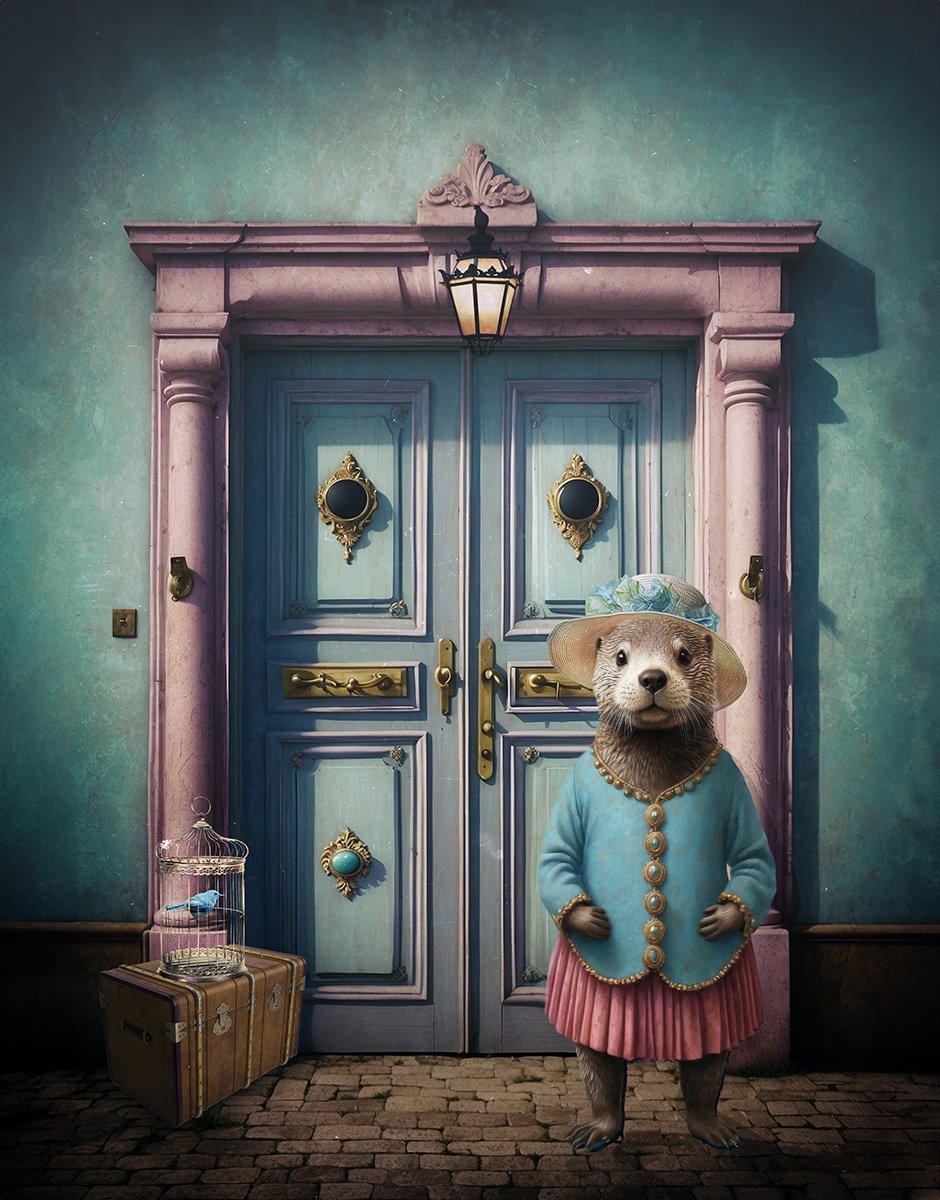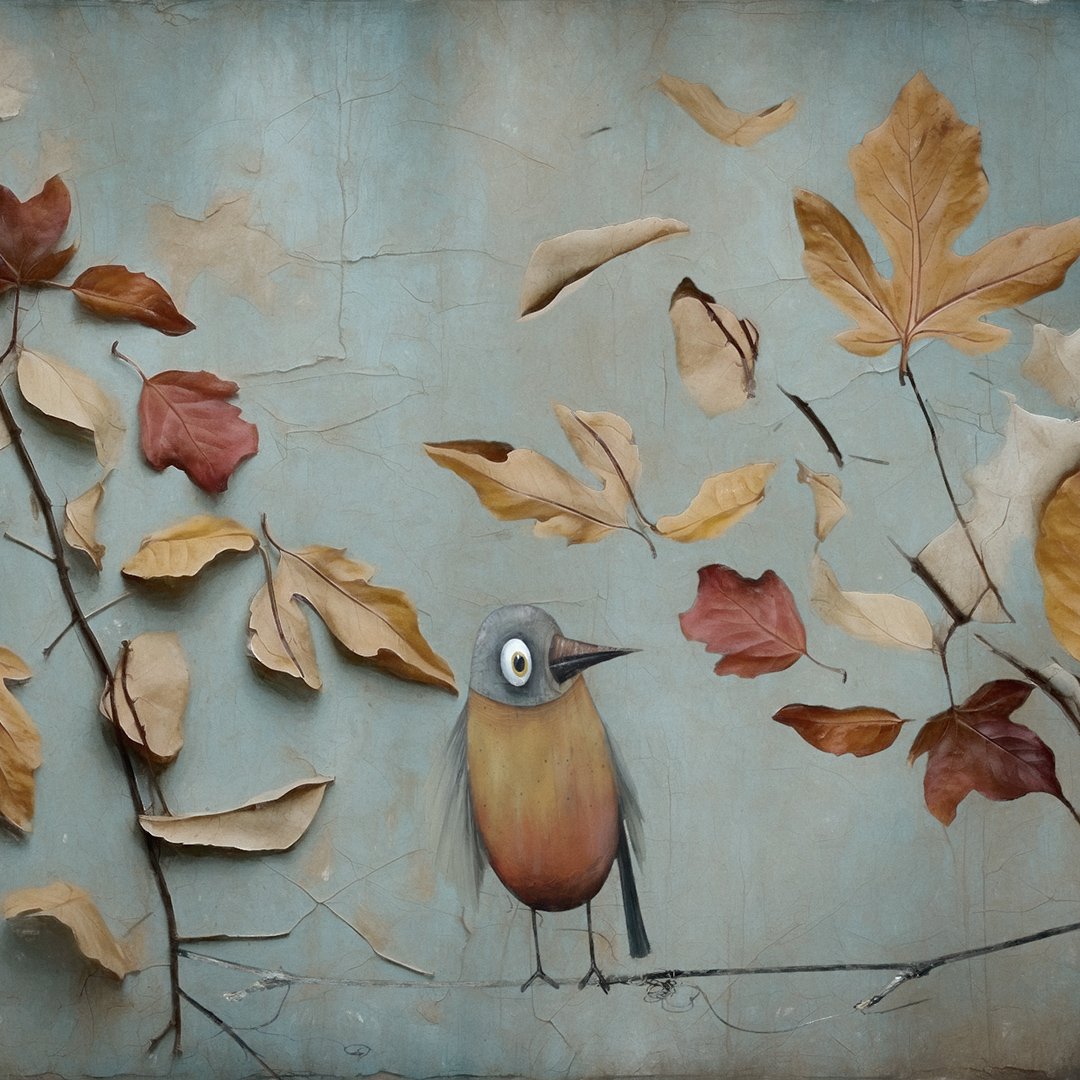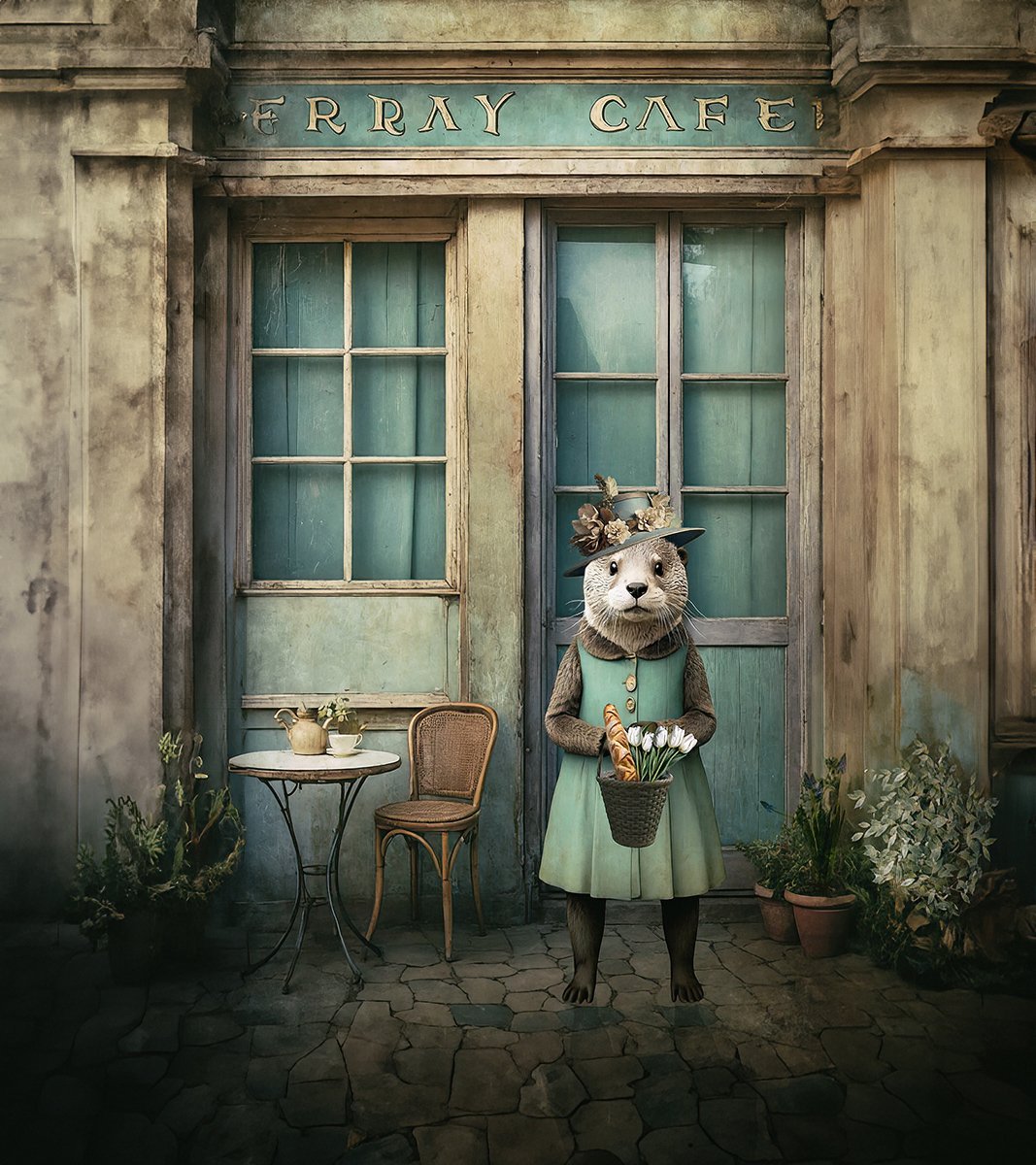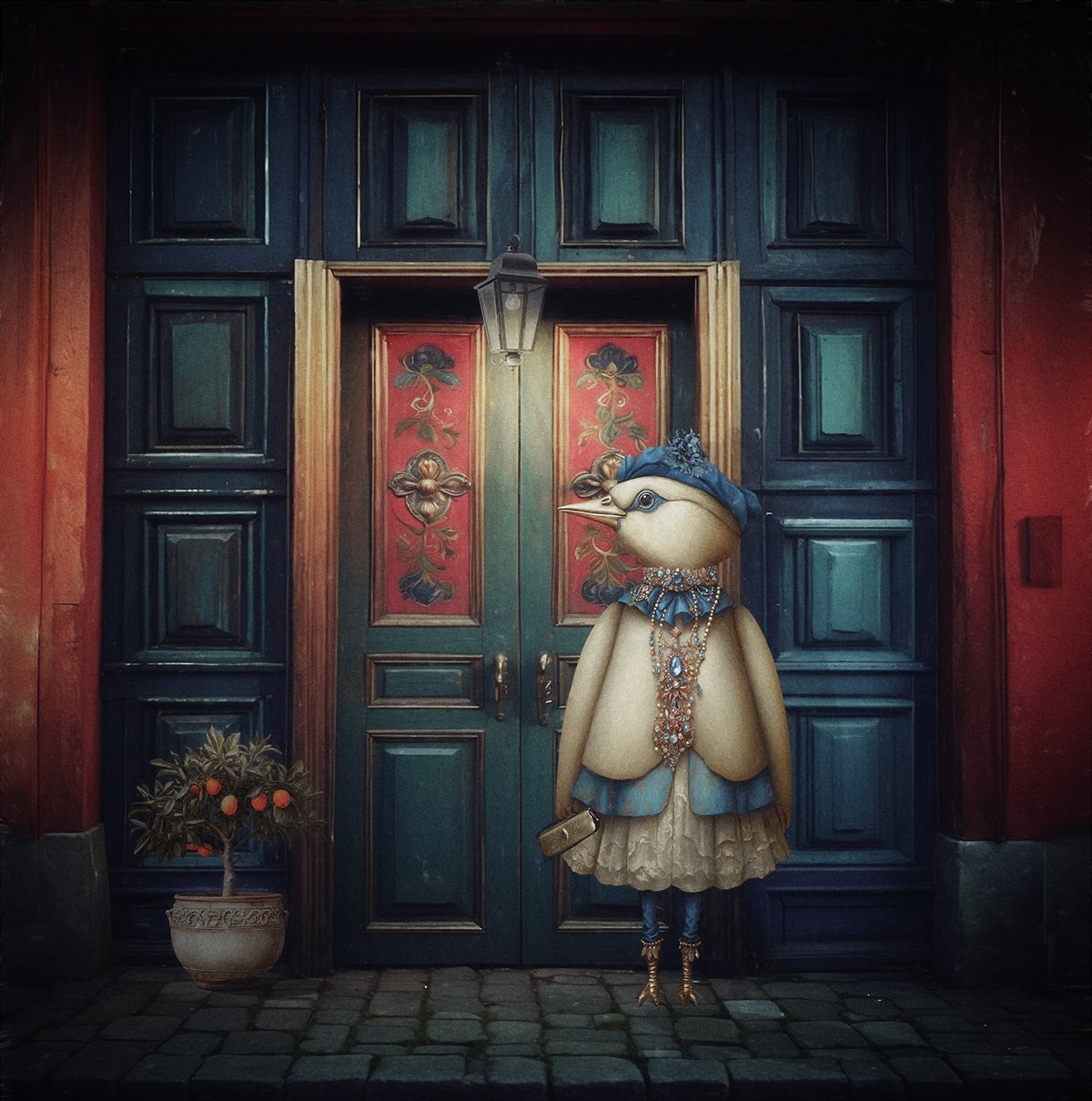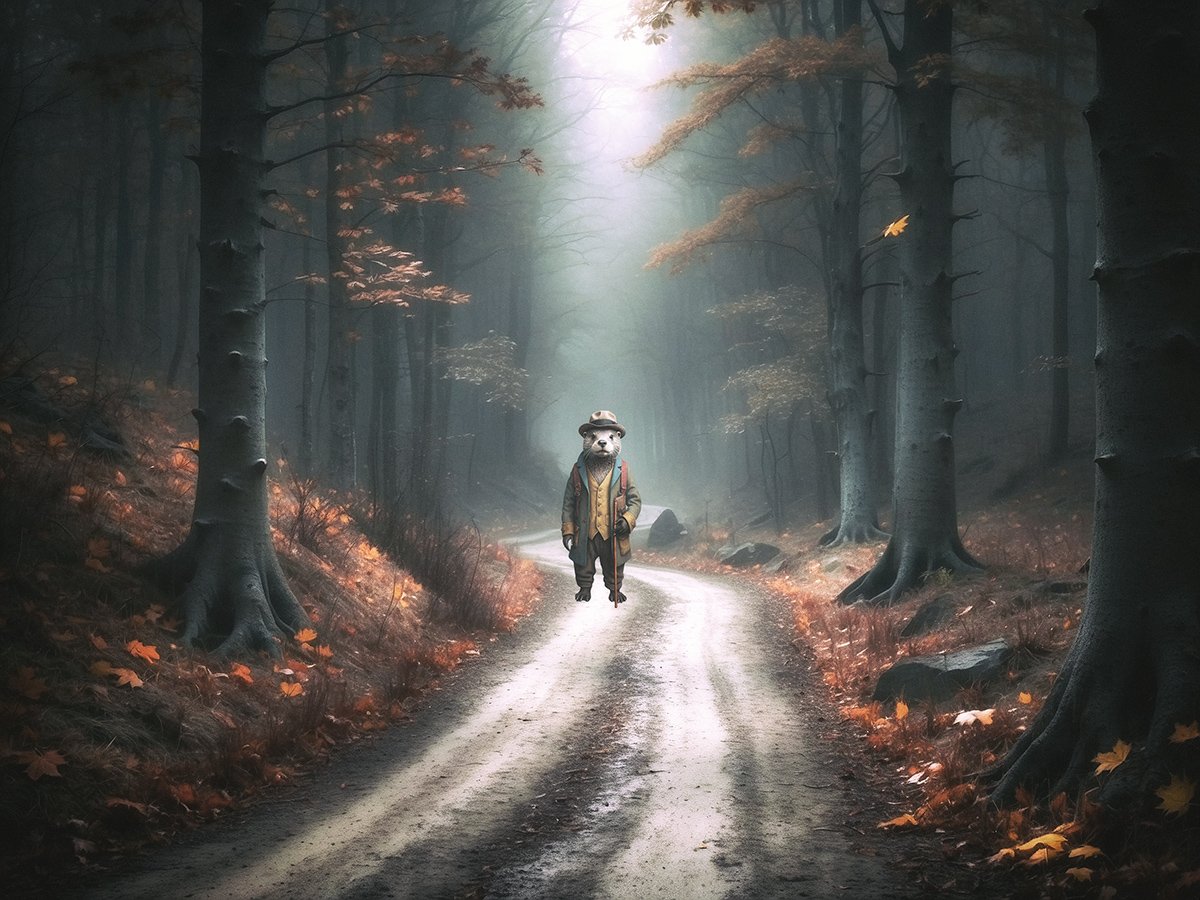Create Composite Images with AI and Photoshop
Understanding Composite Images
Composite images are digital artworks created by blending multiple visual elements into a cohesive whole. They go beyond mere collages, often telling stories, evoking emotions, or depicting surreal scenes.
Understanding the principles of composition, lighting, perspective, and storytelling is essential for crafting compelling composite images. Artists must consider how each element contributes to the overall narrative and how they interact with one another to create a unified composition.
Harnessing the Power of AI
Artificial Intelligence has revolutionized the creative process by providing tools that can analyse, generate, and manipulate visual content. In the context of composite image creation, AI algorithms can be utilised to streamline various tasks. For instance, AI-powered image recognition can assist artists in finding suitable stock photos or digital assets based on keywords or visual similarities.
Furthermore, AI-driven content generation tools can produce custom elements, such as textures or backgrounds, tailored to specific artistic needs. By harnessing the power of AI, creatives can expand their creative toolkit or “stash” as I like to call it to explore new possibilities in composite image creation. Think of what you can use AI Generators to create specific backgrounds and elements.
Sky: Generate a stormy sunset or cosmic night sky for the background.
Characters: Create futuristic or fantasy figures like a mythical creature (e.g., dragon).
Textures/Objects: Generate underwater elements like coral reefs or marine life for an ocean scene.
Abstract Elements: Create surreal structures or dreamlike shapes for a unique, otherworldly effect.
Landscapes: Design specific environments (e.g., urban cityscape, mountain ranges) to fit your composition.
The possibilities are endless.
Selecting the Right Elements
Time Machine
Both Background and Vintage girl were created separately using AI and then combined as a composite in Photoshop. This is where I worked on colour grading, adding textures, and other techniques.
Choosing the right elements is crucial for creating a successful composite image. Creatives must consider factors such as subject matter, lighting, perspective, and style to ensure that the elements blend seamlessly together.
AI can aid in this process by offering suggestions and recommendations based on predefined criteria. For example, AI-powered algorithms can analyse the composition of existing images and suggest complementary elements that fit the desired aesthetic. Additionally, AI-driven content generation tools can create custom elements that match the artist's vision, providing greater flexibility and creative control.
Integration with Photoshop
Adobe Photoshop remains the industry standard for composite image creation, offering a wide range of tools and features for editing and manipulation. The integration of AI into Photoshop has further expanded its capabilities, enabling artists to achieve complex effects with greater efficiency and precision.
For instance, AI-powered selection tools, such as Adobe Sensei's Object Selection tool, use machine learning algorithms to accurately isolate subjects from their backgrounds, reducing the time and effort required for manual selection.
Similarly, AI-driven content-aware fill can seamlessly remove unwanted objects from an image, allowing artists to focus on refining the composition. By leveraging the synergy between AI and Photoshop, creatives can unlock new levels of creativity and achieve their artistic vision with ease.
I use AI technology to generate backgrounds, elements, and objects, which I then combine into a composite. This process gives me full control over the placement of elements, the mood, atmosphere, and overall artistic direction of the final piece.
Introducing Odette a very stylish otter.
The background was created with AI. I had in mind creating a cafe shop front, so I could place Odette the Otter (also created with AI) on the background.
I combined the background and elements in Photoshop so I could craft the story, using various elements. The hat, baguette and tulips were all AI generated as elements. Once the elements were working together, I then started to use different techniques to blend, colour match and add my colour grading to give a soft muted colour palette, which is my style.
The idea came from she has gone shopping and dropped into her local cafe for a coffee. Using the combination of AI & Photoshop allows my imagination to create a fun, whimsical piece of art.
Refining the Composition
Refinement is an essential step in the composite image creation process, where artists fine-tune the details to enhance visual impact and coherence.
This involves adjusting elements such as lighting, colour, contrast, and texture to create a unified and aesthetically pleasing composition. AI can assist in this process by automating repetitive tasks and providing intelligent suggestions for improvement.
For example, AI-powered Color grading tools can analyse the colours present in an image and recommend adjustments to achieve a desired look or mood.
Additionally, AI-driven image enhancement algorithms can enhance details and textures while preserving overall image quality, ensuring that the final composite image is polished and professional-looking.
Experimentation and Iteration
Creating composite images is an iterative process that encourages experimentation and exploration. Artists are encouraged to try out different techniques, styles, and visual effects to discover what works best for their project. AI can play a valuable role in this process by generating alternative versions of a composite image or suggesting creative enhancements based on predefined criteria.
Additionally, AI-powered style transfer algorithms can be used to apply artistic styles or effects to composite images, opening up new avenues for creative expression. By embracing a mindset of curiosity and openness to experimentation, artists can push the boundaries of their creativity and create composite images that are truly unique and captivating.
The fusion of AI and Photoshop has transformed the landscape of composite image creation, empowering artists to push the boundaries of their creativity and achieve stunning visual results. By understanding the principles of composition, harnessing the power of AI algorithms, and leveraging the versatile tools of Photoshop, artists can craft composite images that tell compelling stories, evoke powerful emotions, and captivate audiences.
Whether you're a seasoned professional or an aspiring enthusiast, the synergy between AI and Photoshop offers endless possibilities for exploration and innovation in the art of composite imagery.
5 TIPS
Experiment with AI-powered image generation tools: Explore AI tools like Leonardo AI, and Firefly to generate unique and surreal imagery. Experiment with different settings and inputs to produce captivating visuals that spark your creativity.
Combine multiple AI-generated images: Generate several AI images using different techniques or styles. Then, blend them together in Photoshop using layer masks, blending modes, and adjustment layers to create a composite image with rich depth and complexity.
Enhance details with AI upscaling: Use AI-powered upscaling tools to enhance the resolution and detail of your images. This can help bring out finer details and textures in your compositions.
Refine compositions with AI-powered content-aware tools: Utilise AI-powered content-aware tools in Photoshop, such as Generative Fill, Content-Aware Fill or Content-Aware Scale, to seamlessly integrate elements from different images. This can help you refine your compositions and achieve a cohesive visual narrative.
Add artistic effects with AI filters: Explore AI-powered filters and plugins for Photoshop, such as those offered by Adobe Photoshop's Neural Filters. Experiment with different artistic styles, effects, and textures to transform your images into unique works of art.
By combining these tips, you can harness the power of AI and Photoshop to create stunning imagery that pushes the boundaries of creativity and expression.

